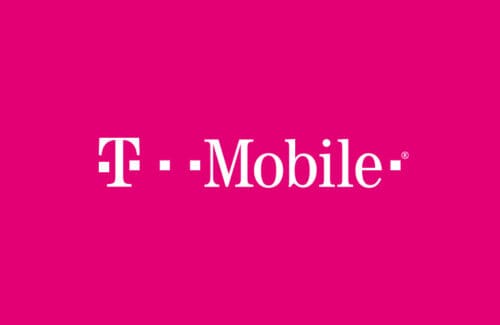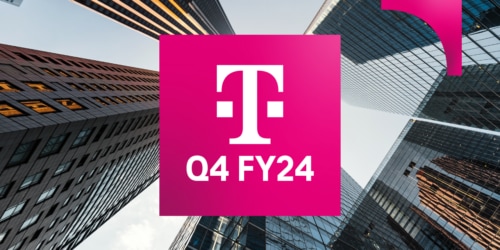The stakes are high as the Federal Communications Commission makes plans to conduct its first ever “incentive” auction of spectrum licenses with frequencies coming from broadcasters to be re-purposed for mobile broadband services. If all goes well, the auction can serve as a model for competition and getting encumbered spectrum efficiently redeployed for wireless broadband use. A misstep, however, could undermine the outcome most desired - namely, stimulating investment and encouraging the rapid expansion of the mobile broadband services consumers so crave.
Conducting a successful auction of low-band spectrum that enables a diverse makeup of winners is not only important for competition, but also will generate significant revenue for the US Treasury. We urge the FCC to move ahead quickly to make this crucial spectrum available as soon as possible.
We are working with the FCC and other stakeholders to ensure that the 600 MHz band plan, the “forward” auction, and the “reverse” auction all work in concert to reallocate and reassign spectrum from broadcast television to mobile broadband uses. T-Mobile’s proposals call for some tweaks to the FCC’s already well-conceived plan.
First, with regard to the band plan, the Commission should work to maximize the amount of paired spectrum made available through the clearing process, avoid interference to and from licensed wireless and broadcasting services, and enable device performance and size consistent with existing smart phones and tablets. With such principles in mind and subject to continuing evaluation, a group of wireless carriers, broadcasters, and manufacturers recently suggested locating all paired spectrum above TV Channel 37. While we are open to further study with the FCC on the best plan to maximize paired spectrum in the auction, this approach has the benefit of avoiding certain potential interference issues that exist with the FCC’s lead plan and would encourage rapid development of devices that meet consumer expectations for cost and size.
Second, in designing the forward auction, the FCC should adopt policies that accelerate the auction, thereby lowering the costs of, and encouraging participation in, both the forward and reverse auctions. Offering “generic,” fungible spectrum licenses that are not frequency-specific within each geographic area and separating the licenses by Major Economic Areas rather than the smaller Economic Areas would help increase auction efficiency. In addition, the FCC should promote interoperability across all paired 600 MHz band channels by adopting an express interoperability requirement and by using a quasi-random assignment process to assign generic 600 MHz blocks.
Most importantly, to promote long-term competition, encourage auction participation, and prevent the further consolidation of spectrum below 1 GHz, the Commission should adopt rules that prohibit any licensee from acquiring more than a certain percentage of spectrum below 1 GHz, applied on a market-by-market basis. As we have noted elsewhere, adopting a spectrum-based cap equal to one-third of the available commercial mobile spectrum below 1 GHz would give bidders reasonable assurances that they can meaningfully compete for spectrum in a geographic area without the risk of only one or two of the largest carriers commandeering the entire market. Increasing the potential for successful participation will lead to increased participation by competitive carriers and ultimately increased revenue.
Finally, to re-purpose the optimum amount of broadcast spectrum for broadband use, we support the FCC’s goals of ensuring its reverse auction design promotes widespread participation by broadcast incumbents as well as efficient clearing of sold spectrum following the auction. Maximizing broadcaster participation will require just the right mix of financial incentives as well as careful attention to mechanisms that shorten and simplify the auction. Similarly, spectrum clearing rules must be both broad enough to satisfy minimum closing conditions for revenue, and granular enough to ensure that broadcasters who wish to exit a given market may do so. Enhancing broadcaster participation and, when feasible, calibrating clearing rules to local or regional market conditions, will increase the amount of spectrum available for broadband use and lead to a more successful incentive auction.
Over the years, the FCC has consistently demonstrated its creativity in designing a variety of ways to repurpose and assign spectrum to keep pace with technological and market advances. The incentive auction of television broadcast spectrum presents one more challenge to the FCC, as well as the wireless and broadcast industries. T-Mobile has no doubt that, with diligent planning and pro-competitive rules, the broadcast incentive auction will be one of the most successful auctions to date.
[Click here to read T-Mobile’s detailed proposals to the FCC on the incentive auction.]





